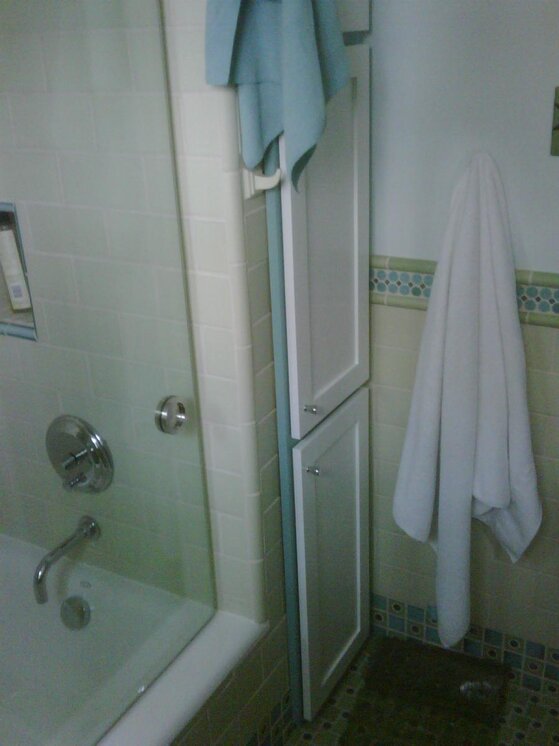Hi Gooner, One thing that I wish to avoid here on a forum that is based in another country from my own is to state something and have it come across as "our way is the best way". So don't take this as anything other than my observations and work methods that are based on the way I was taught to do the work. BTW, Our TCNA (Tile Council of North America) is similar to the British Standards that I read being referenced here.
The TCNA has a world-class laboratory facilty in South Carolina, and one of the many tile and stone related methods and products that they have extensively studied and analyzed are the various methods of doing mud beds. The CV here is that the use of screed rails is superior because the installer can better compact the mud and strike it off, yielding a mud bed that is denser and stronger than the mud beds that are looser, less densely packed, and what we call "fluffier" -that are the result of floating the mud without rails. Many guys tell me that their way is good enough, but I have sat through many a class down at the TCNA and seen the lab results re: more densely compacted mud beds.
I'm not sure for myself because I have only done it the one way and I have never had any failures, but for all I know I might not have had problems doing it the other way, either. As it turns out, sending one of the men out on the floor with walkboards, to fill in the float strips, only takes at most 10 minutes or so for a floor of this size, so it really isn't a big labor issue for me.
I agree with you that using the rails would help a DIY'er with this, although at this point in my career I have done acres of this mud work and don't feel like a beginner anymore. 😀

































